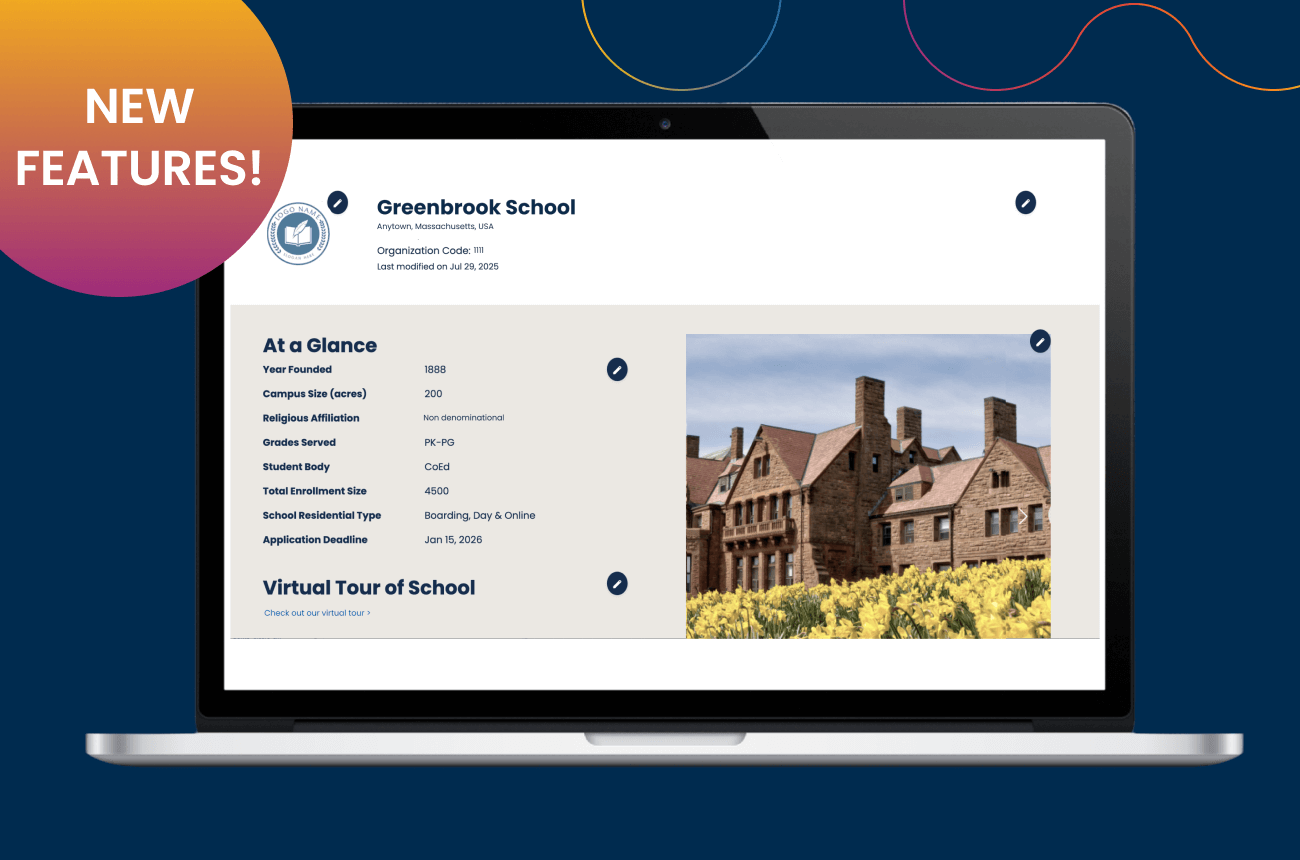For Your Eyes Only - Securing the SSAT

From Memberanda, Summer 2013
James Bond turns 50 this year, and in the more than 50 years since the SSAT was created, we’ve seen our fair share of budding 007s. Dictionaries stashed in toilet tanks. Spy glasses with a tiny video camera. A recording pen. These are among the most extreme examples of cheating we’ve seen, but even more pervasive may be the students who simply memorize test questions, the rogue proctor who photocopies a test, or the administrator who familiarizes herself with the content of the test and preps students accordingly. Regardless of the method, however, each instance dilutes the efficacy of the test for everyone involved. The safe and secure handling of SSAT test materials and vigilant proctoring are the keys to maintaining the integrity of the test. If you are a test center, administrator, or proctor, here are 10 ways you can help ensure that the test remains protected in your hands.
1. Read and Follow All Instructions in the Test Administrator’s Guide
This guide is very specific and thorough in its instructions for test receipt, storage, administration, and return. Follow these instructions carefully.
2. Report Missing or Damaged Materials to The Enrollment Management Association Immediately
You are responsible for returning the exact number of answer booklets and test books noted on the Shipment Summary, so confirm you’ve received all the materials listed there right away.
3. Store the Test Materials in a Secure Location
Be sure all test materials are stored in a locked cabinet or room from the time you receive them until they are packed for return to The Enrollment Management Association (except for actual testing time, of course). Ensure that the only people with access to the materials have been authorized by you. Once SSAT test materials are retrieved from where they have been securely stored, the administrator or a proctor must have possession of, or be in immediate proximity to, the materials at all times. Do not leave materials unattended in any testing room or where student check-in is occurring.
4. Don’t Open, Read, or Photocopy the Test Books or Writing Prompts
This may seem self-explanatory, but the test booklets should not be opened or read by anyone but the student at the time of testing. All material contained in the test is copyrighted by The Enrollment Management Association and may not be reproduced for any reason. Sample tests are provided in The Official Guide to the SSAT to provide students with the opportunity to practice on questions similar to those they’ll find on the test.
5. Be Thorough at Check-In
Request an admission ticket from each student, verifying their information. If they do not have an admission ticket, be sure that they have registered and are listed on your test roster before they are permitted to test.
6. Collect Cell Phones and Backpacks
Use the bags provided to collect student cell phones prior to testing. Be sure all students leave coats and backpacks in the front of the room and do not access them until testing is complete. Students should only have pencils and a snack in a clear plastic bag.
7. Take Special Care when Returning Test Materials
Return your completed test materials within two days after testing. Families are counting on you for quick turnaround of their scores, and the longer test materials are kept, the greater the chance they can be compromised. Double-check your materials to be sure each student’s testing materials (test book and answer booklet) are returned.
8. Be Alert and Aware of Irregularities and Report Them Promptly
An irregularity is an event or action which is not consistent with standard test administration practices. SSAT lists the required action and response for many irregularities in the Test Administrator’s Guide. Pay attention to student behavior, as well as outside influences, while administering the test. This is not the time to surf the internet, use your phone, or leave the room. If an irregularity occurs, document the situation promptly and follow up with an email to The Enrollment Management Association.
9. If You’re Using Proctors, Be Sure They’re Well Prepared
Provide each proctor with an SSAT test script and allow him/her to review it before testing. Answer any questions that arise. Proctors should also review and be prepared to react to any irregularities. Student questions may be answered only during the periods between each test section and may not be related to the test material itself. Make use of the materials chart in the Test Administrator’s Guide if you have multiple proctors. After testing, this chart will be necessary to ensure all materials have been returned by each proctor.
10. Set a Good Example
It is imperative for administrators and proctors not to cause any noise or distractions while students are testing. Neither should they eat, drink, use a cell phone or computer, etc. during testing. If not also acting as a proctor, administrators should move among all testing rooms to provide oversight.




